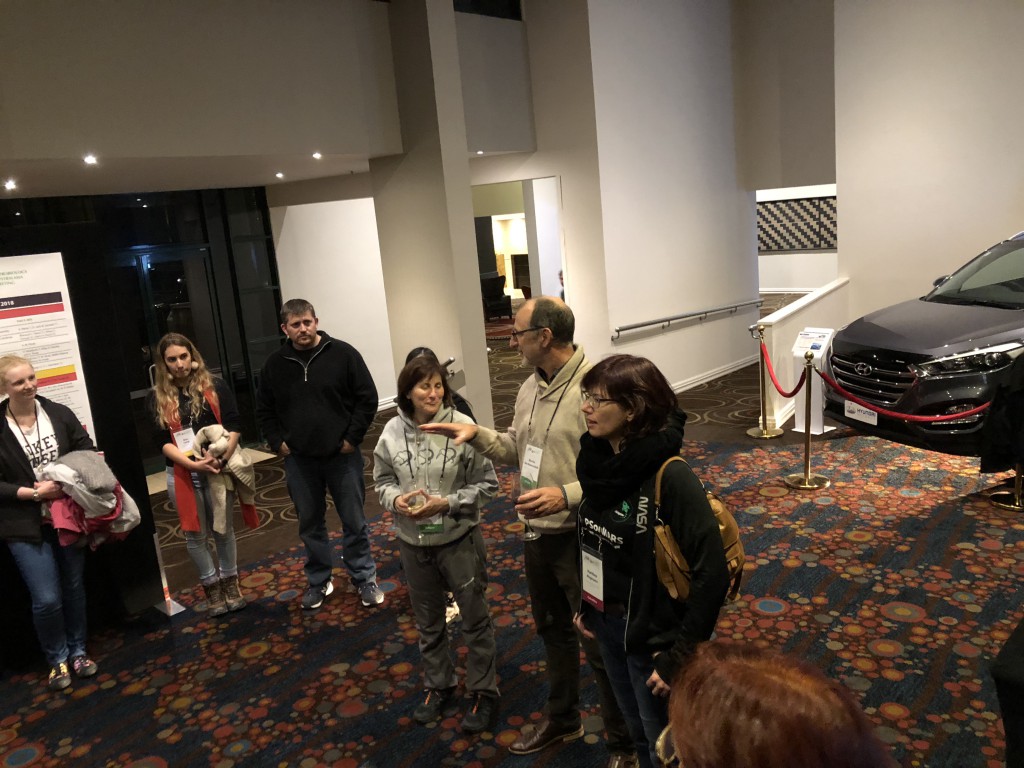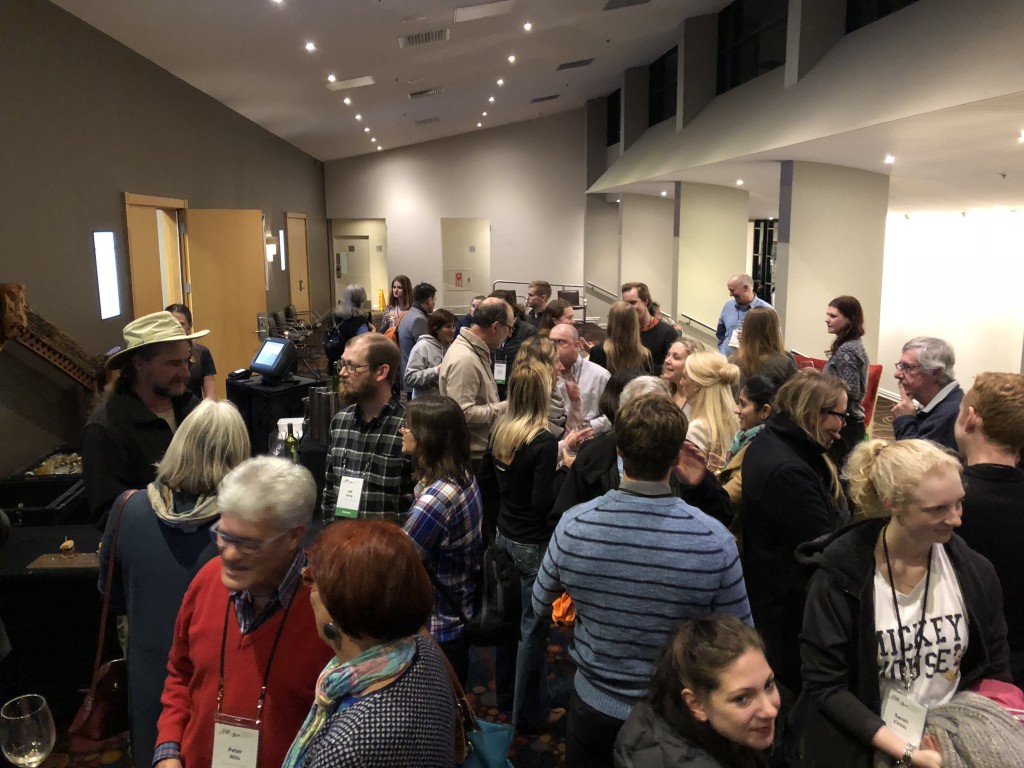Starting an astrobiology movement in New Zealand.
New Zealand’s first international conference in astrobiology took place in Rotorua on the 24th, 25 and 26th of June 2018.
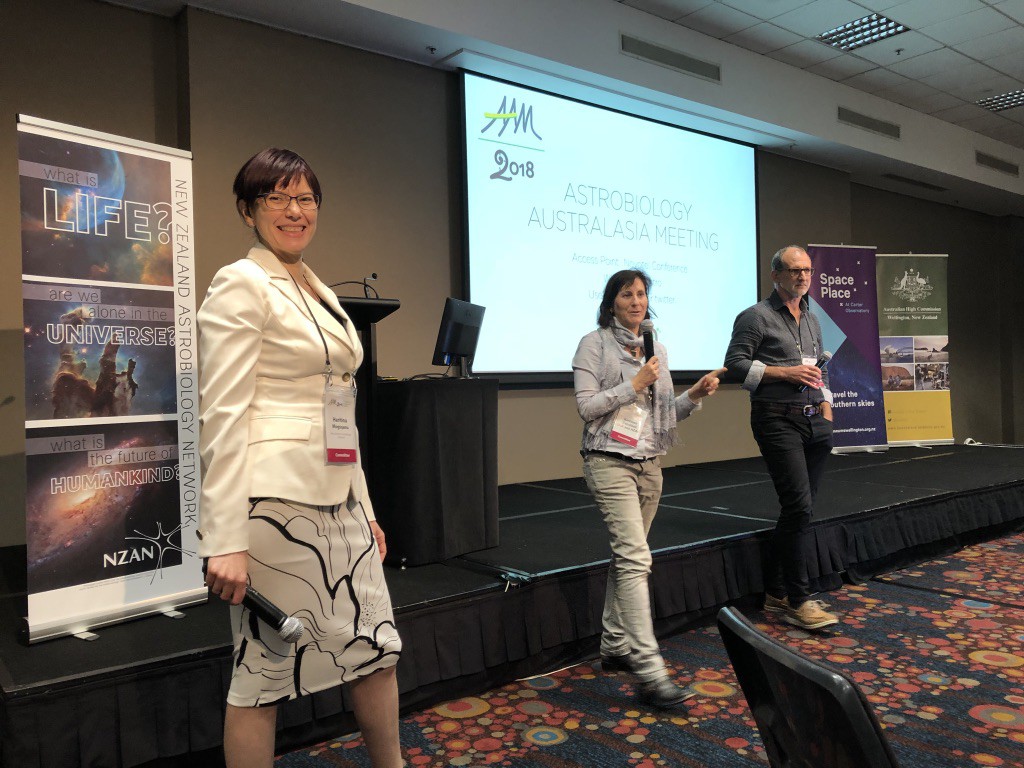
The Astrobiology Australasia Meeting 2018 was held at the Novotel in Rotorua, during 25-26 June 2018, followed by a tour of significant astrobiology sites in the Rotorua region by 50 meeting participants over the period 27-29 June 2018 and a field trip in Western Australia. Additional to the two main activities associated with the meeting a teachers workshop about astrobiology was also held in Rotorua on the 24 June 2018 to maximise the benefit of having representatives from NASA and Auckland University.
AAM2018 was opened by Katie Paul, Ngati Whakaue. Katie welcomed the participants and explained the significance of Rotorua for astrobiology and how this was important to Māori and in particular to Ngati Whakaue.
Opening and welcome by Katie Paul, Ngati Whakaue
There were 82 participants from 7 countries and over 20 institutions represented. There were 56 presentations in a tightly packed scheduled that covered all areas of astrobiology. The meeting was a huge success in both highlighting the astrobiology credentials of Rotorua and demonstrating the leading research that New Zealanders are undertaking in the fields relating to astrobiology.

The programme for AAM2018 was spread over two days with a combination of keynote addresses, specific talks, rapid fire presentations and posters. All aspects of the programme ran to time with all presenters successfully delivering their talks. In addition to the main programme there was an informal ‘no host’ function which saw significant turn out.
People
AAM featured 7 keynotes, 1 featured speaker, 37 research presentations, 2 field trips, 1 teachers workshop, posters plus discussions, networking and engagement events between scientists from 6 continents.
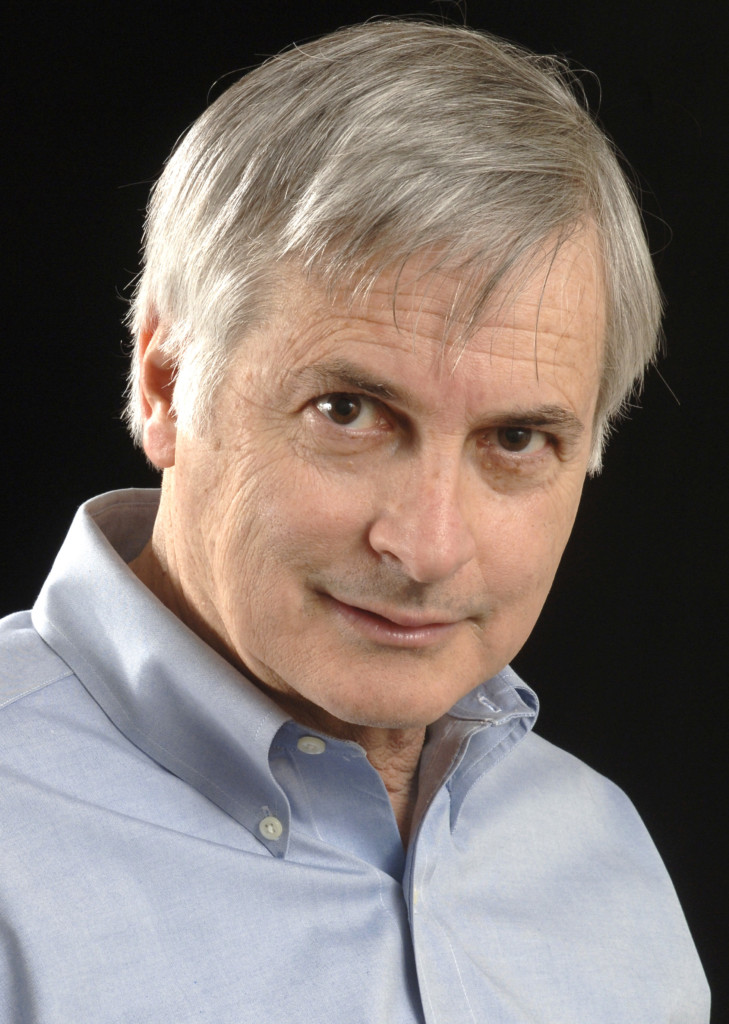
Seth Shostak 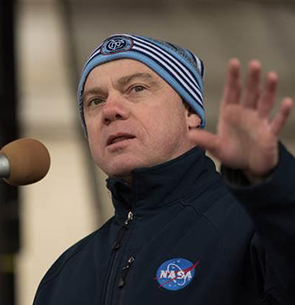
Mitch Schulte 
Lindsay Hays 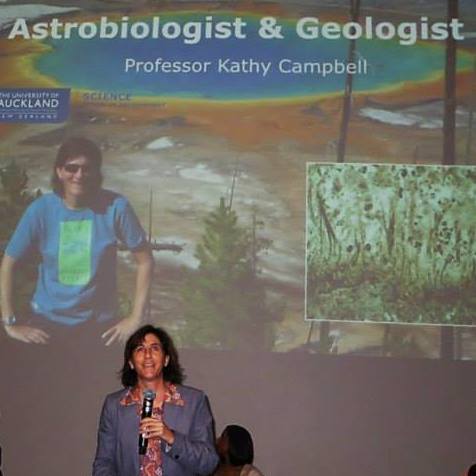
Kathy Campbell 
Martin van Kranendonk 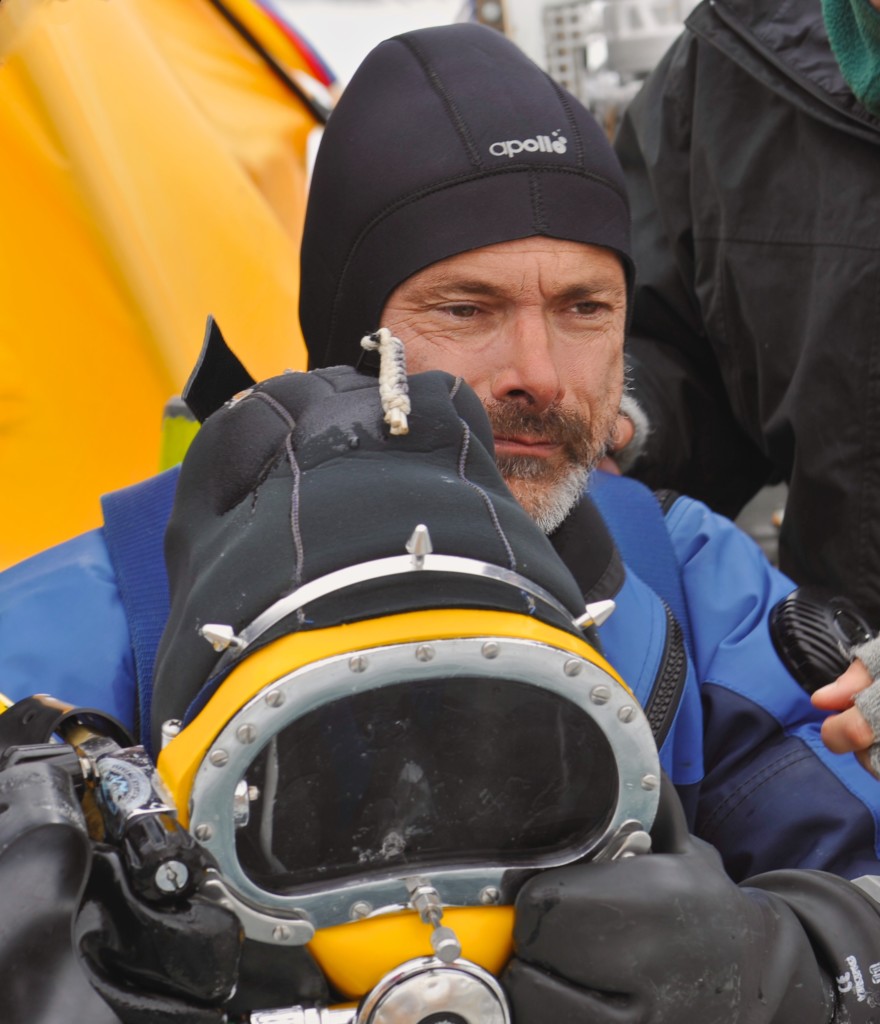
Ian Hawkes 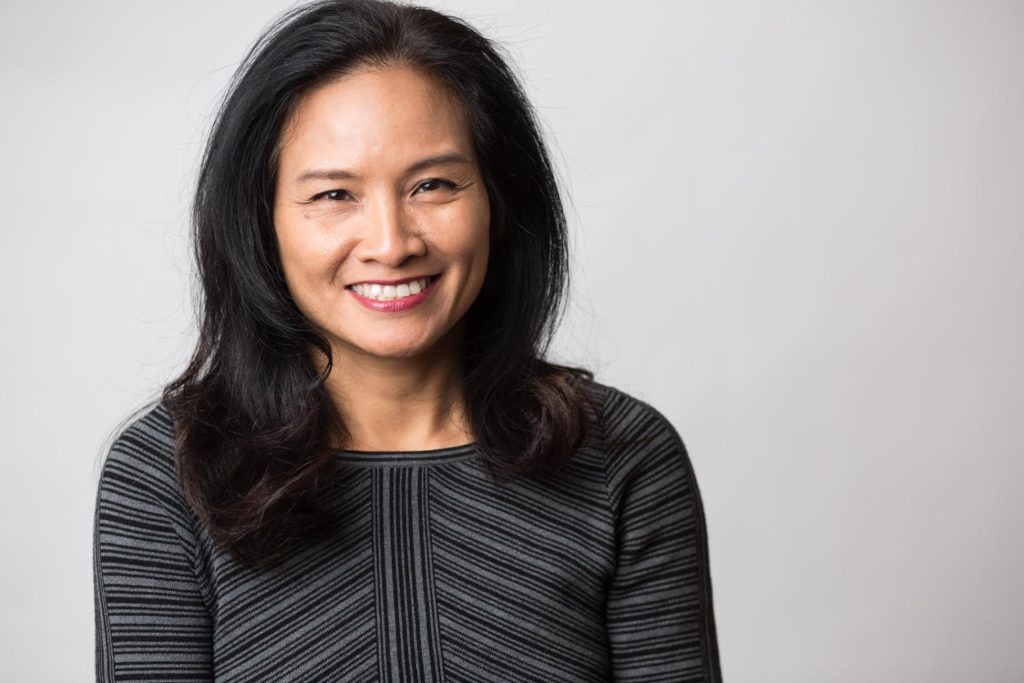
Emeline Dahlstrom 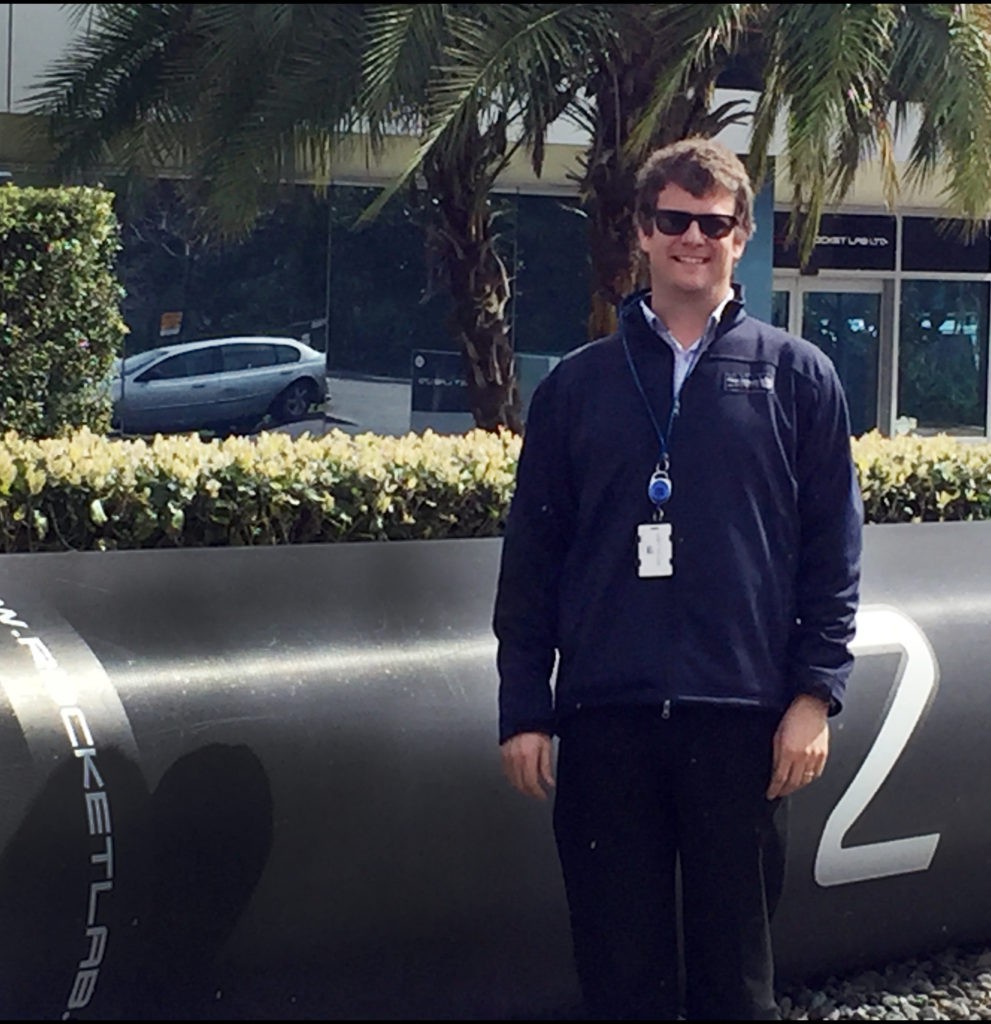
Sam Leske 
Haritina Mogoșanu
Attendees at AAM2018 came from as far as France, Pakistan, Hong Kong, the United States, Australia and from all around New Zealand. It was a fantastic opportunity for scientists from such diverse backgrounds to engage and share research. We were also very lucky to have representatives from NASA including Dr Mitch Schulte and Dr Lindsay Hays. Both were able to conduct speaking engagements in Wellington and assist with the Teacher’s Workshop prior to AAM2018.
Dr Schulte, Dr Campbell, Dr Hays, Hon Steve Chadwick and Katie Paul
A key component of AAM2018 was offering the opportunity for students to attend so they could engage with more senior and experienced researches. Both University of Auckland and University of New South Wales supported students to attend AAM 2018.
“The conference gives me the chance to develop as an academic in this field. I am really excited, as there are some big-name people attending. I am passionate about hydrothermal systems and Rotorua is the ideal place to learn.” Michaela Dobson – NZ Herald interview
“Networking in the astrobiology community is important, as it is quite small, so being able to make links with people will make my path into the field of astrobiology easier.” Siân Camp – NZ Herald interview
Two students attending the conference are University of Auckland’s Michaela Dobson and Siân Camp. Both are undertaking research in the Rotorua area – Dobson at Hell’s Gate Geothermal Park and Camp at Rotokawa Power Station, as part of their honours degrees. (NZ Herald, June 2018)
Sponsorship
AAM2018 had sponsorship from the following organisations:
Australian High Commission, Rotorua Energy Charitable Trust, Eagle Technology, University of New South Wales, University of Auckland, NASA, Museums Wellington and the Milky-Way.Kiwi and Blue Marble Space Institute of Science (BMSIS).
The registration and abstracts submissions would not have been possible if it wasn’t for Alexandros Krassakis who oversaw the conference website and BMSIS, who is hosting all our websites. Special thanks also go to Jacob Haqq-Misra.
In the media.
The event featured on the sites of NASA (AAM 2018 announcement), Nasa Astrobiology Institute, Australian Centre for Astrobiology, Te Ao Marama Centre for Fundamental Inquiry AAM 2018 blog entry, The Royal Society New Zealand – Astrobiology Teachers Workshop, European Astrobiology Network Association (EANA), the Royal Society of Chemistry, GOTO Geek NZ, SETI Institute, also the New Zealand Herald – Rotorua important for astrobiology research, and ‘Alien Hunter’ Dr Seth Shostak giving public lecture in Rotorua, Rotorua, the gateway to extraterrestrial activity by Rotorua Energy Charitable trust. In addition, Seth Shostak had a few media appearances, out of which one was with 1News.
We took the opportunity and interviewed Seth Shostak, Lindsay Hays and Mitch Schulte about astrobiology, New Zealand and the future.
Outcomes
Increased engagement with the local community
Rotorua is a special place for astrobiology due to the volcanic activity of the area and the associated extreme environments for life in hot pools and vents. This is why Rotorua was chosen for the Spaceward Bound series of activities in 2015 and 2016. AAM2018 offered the opportunity to build on the significant success of Spaceward Bound and further engage with the local community in cementing Rotorua’s preeminent position in astrobiology in Australasia. The continued and increasing engagement with Ngati Whakaue has been instrumental in assisting with astrobiology related research in the Rotorua region and will no doubt lead to deeper and more enduring cooperation with benefits to both research in New Zealand but also academic opportunities for Rotorua students.
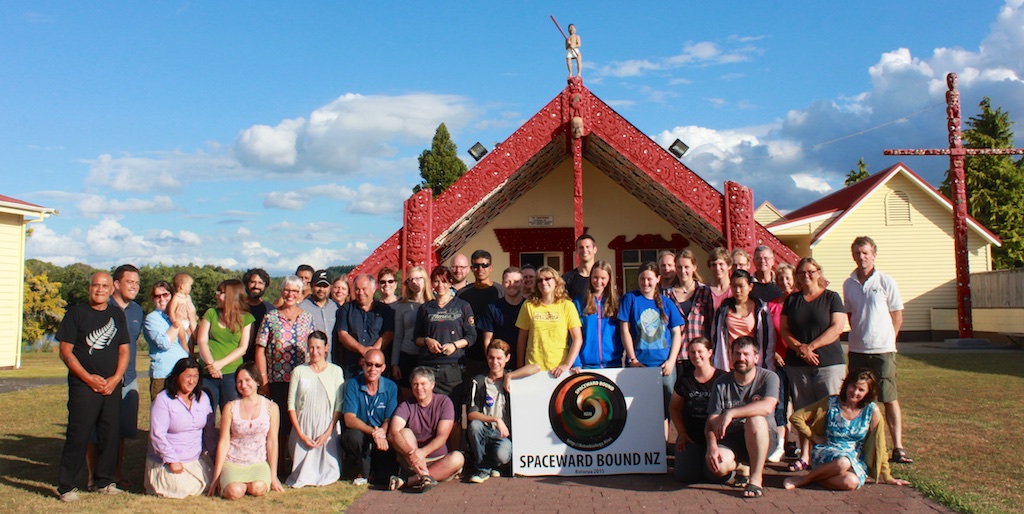
Highlighting of Rotorua’s importance for astrobiology
A number of participants took the opportunity to undertake research while in Rotorua for AAM2018. This included Dr Bruce Dammer who used research conducted in Rotorua in a recent scientific paper. The wide variety of visitors from around the world certainly highlighted the importance of Rotorua in astrobiology, placing on an equivalent footing with sites such as Yellowstone, in the United States and the Qarim Basin, in Tibet.
Strengthening engagement across Australasia in astrobiology
One of the key partnerships in astrobiology is the relationship between New Zealand and Australia. This has already seen research that shows life started on Earth approximately 500 millions years earlier than previously thought. A large proportion of attendees were from Australia including from CSIRO and the University of New South Wales and Perth University. Dr Martin van Kranendonk from the University of New South Wales also brought with him a number of graduate students who were able to present their research, giving them the opportunity, early in their careers, to have research seen by an international audience.
Bringing international visitors to Rotorua
The Meeting brought 82 visitors to Rotorua from around New Zealand and the world. Most spent a few days extra in Rotorua to undertake tourist activities and get to know the city better.
Conclusion
AAM2018 brought together 82 scientists and people interested in Astrobiology from around the world for two day intensive sharing on research and engagement over the period 25-26 June 2018. It was associated with two other events, the Astrobiology Teacher’s Workshop and the AAM2018 Field Tour. Collective these events put the astrobiology spotlight on Rotorua for just under one week from 24-29 June 2018. The event built on the already strong relationship between astrobiology and Rotorua that began with the Spaceward Bound activities in 2015 and 2016 and continue to this day with engagement between NZAN, University of Auckland and Ngati Whakaue.



